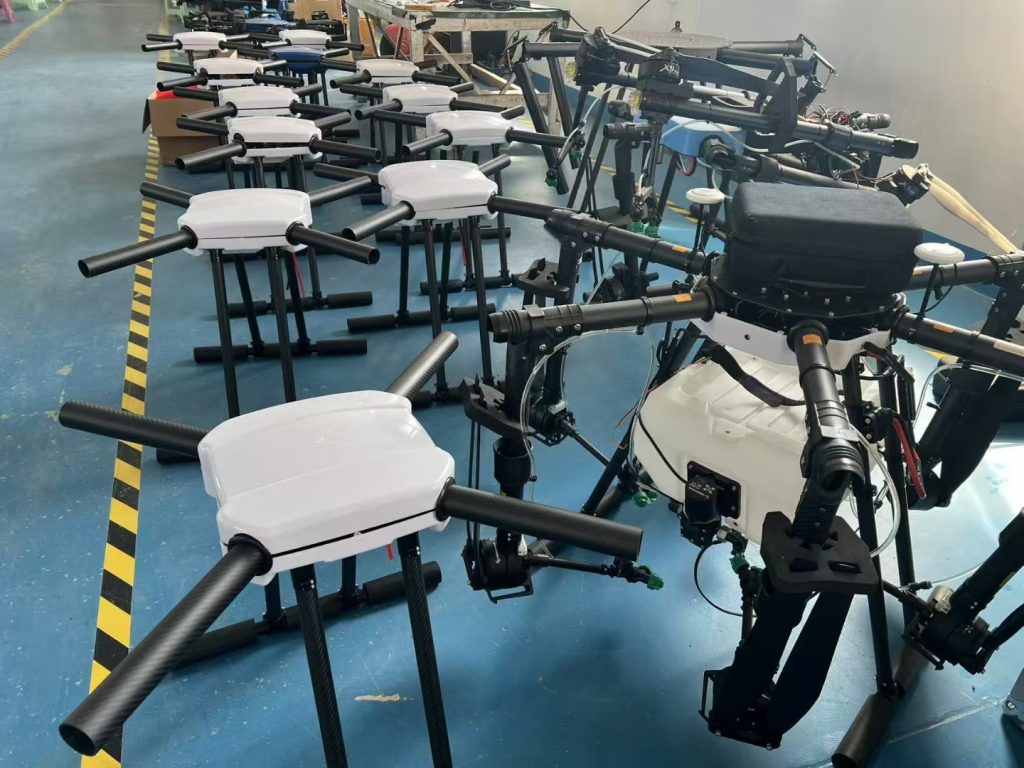
Empowering Kazakhstan’s Agricultural Ambitions: The Strategic Advantage of Sourcing Agricultural Drones from China
Kazakhstan, the world’s ninth-largest country and a global grain powerhouse, anchors its economy on agriculture—contributing 5% to GDP and employing 18% of its workforce. Renowned for its vast steppes and fertile black soils, the nation produces over 15 million tons of wheat annually, exporting to 70+ countries. Yet, its agricultural sector grapples with unique challenges: sprawling landholdings (average farm size: 500+ hectares), harsh continental climates (winter lows of -40°C, summer highs of +40°C), and labor shortages in remote regions. To sustain growth and meet rising global demand, Kazakhstan is turning to smart farming—and agricultural drones, sourced from China’s specialized manufacturers, offer a tailored, high-impact solution.
Kazakhstan’s Agricultural Crossroads: Why Drones Are Critical
Kazakhstan’s farming landscape, dominated by rain-fed croplands and livestock pastures, faces three pressing needs:
-
Scale and efficiency: Vast fields demand tools that reduce manual labor, especially for tasks like planting, spraying, and monitoring in remote areas like Zhetysu Region.
-
Resource conservation: Water scarcity (only 1% of land is irrigated) and soil degradation threaten long-term productivity, requiring precision input management.
-
Climate resilience: Extreme temperature swings and unpredictable weather (e.g., spring frosts, summer droughts) necessitate adaptive, data-driven farming.
Against this backdrop, Kazakhstan’s “Digital Agriculture” strategy prioritizes tech adoption to boost yields by 25% by 2030. Agricultural drones, with their ability to automate, precision-target, and collect actionable data, align perfectly with this vision.
Chinese Agricultural Drones: Engineered for Kazakhstan’s Steppes
China’s leadership in drone technology—forged through decades of aerospace R&D, cold-climate engineering, and agritech innovation—makes its manufacturers uniquely equipped to serve Kazakhstan. Here’s how Chinese drones are tailored to local needs:
1. Durability for Extreme Climates
Kazakhstan’s harsh weather demands rugged equipment. Chinese factories design drones with:
-
Cold-weather resilience: Heated batteries and insulated circuitry ensure operation in -30°C winters, critical for pre-seed soil preparation in northern regions like Akmola.
-
Dust and debris protection: IP68-rated motors and sealed sensor housings withstand spring sandstorms and summer windblown loess, common in the Caspian lowlands.
-
All-terrain flight: Multi-rotor drones with terrain-following algorithms navigate undulating steppes and rocky pastures, avoiding collisions with fences or livestock.
2. Precision Technology for Productivity and Sustainability
Kazakh farmers need tools that maximize output while conserving resources. Chinese drones deliver:
-
Large-area efficiency: High-capacity tanks (20–30 liters) and fast flight speeds (up to 70 km/h) cover 100+ hectares daily—5x faster than manual spraying—reducing downtime during critical planting or pest-control windows.
-
Variable-rate inputs: Multispectral sensors analyze soil health and crop density, adjusting seed, fertilizer, or pesticide application rates in real time. For wheat farms in Kostanay, this cuts fertilizer use by 30% and boosts yields by 18%.
-
Remote monitoring: Drones equipped with high-resolution cameras generate orthomosaic maps, enabling farmers to spot early signs of drought stress or weed infestations in remote pastures—critical for livestock-dependent regions like Mangystau.
3. Scalability for Diverse Operations
From family farms to state-owned agribusinesses, Chinese manufacturers offer flexible solutions:
-
Heavy-duty models: Robust drones built for large-scale operations (e.g., 5,000-hectare wheat farms) include swarm coordination software, allowing synchronized spraying across multiple fields.
-
Affordable entry points: Compact, user-friendly drones (under $15,000) empower smallholder livestock breeders in eastern Kazakhstan to monitor pasture health without expensive machinery.
Beyond Hardware: A Partnership for Long-Term Success
Sourcing from China is about more than technology—it’s about building local capacity. Leading manufacturers provide:
-
Localized training: On-farm workshops teach pilots to operate drones, interpret multispectral data, and perform winterization maintenance (critical for surviving Kazakhstan’s subzero winters). In trials with Kazakhstan’s Ministry of Agriculture, this reduced operational errors by 50%.
-
Responsive support: Regional service partners in Nur-Sultan, Almaty, and Shymkent stock spare parts, ensuring replacements arrive within 48 hours—vital during planting or harvest seasons.
-
Compliance alignment: Drones meet Kazakh technical regulations (GOST-K certification) and align with Digital Agriculture goals, simplifying registration and insurance processes.
Mutual Gains: Strengthening Kazakhstan’s Food Security
For Kazakhstan, adopting Chinese agricultural drones unlocks:
-
Economic growth: Reduced labor and input costs, paired with higher yields, boost farm profitability—critical for sustaining rural communities dependent on agriculture.
-
Environmental stewardship: Precision resource use lowers chemical runoff into rivers like the Irtysh, protecting water quality and aligning with global sustainability standards.
-
Climate adaptation: Faster response to weather-induced stress (e.g., post-frost crop recovery) helps farmers mitigate losses, securing Kazakhstan’s role as a reliable global grain supplier.
For Chinese manufacturers, Kazakhstan offers a testing ground to refine technology for vast, climate-variable landscapes—driving innovation that benefits farmers in Eurasia and beyond.
Soaring Together: Kazakhstan’s Agricultural Future
Kazakhstan’s farming legacy is rooted in its steppes; its future lies in smart technology. By sourcing drones from China’s specialized factories, the nation gains more than tools—it gains a partner in building a resilient, high-tech food system. These drones are not just machines; they are enablers of progress, helping farmers work smarter, conserve resources, and transform Kazakhstan’s agricultural potential into global impact.
As Kazakhstan marches toward its Digital Agriculture goals, Chinese agricultural drones are ready to take flight—turning vast steppes into smart farms, and tradition into transformation.
Let’s cultivate Kazakhstan’s tomorrow, one precise flight at a time.
THE END

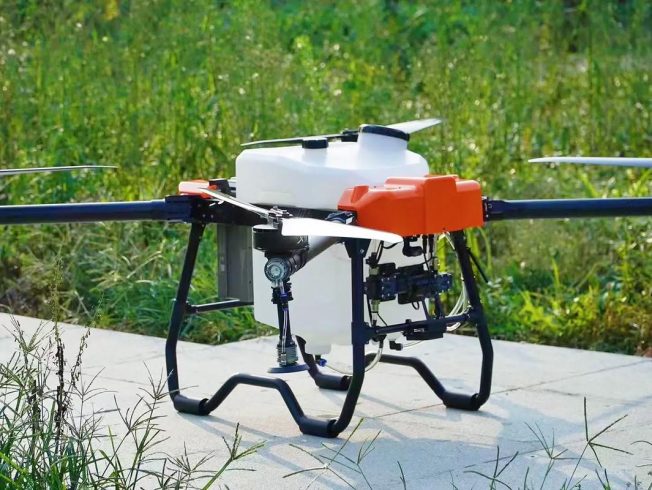
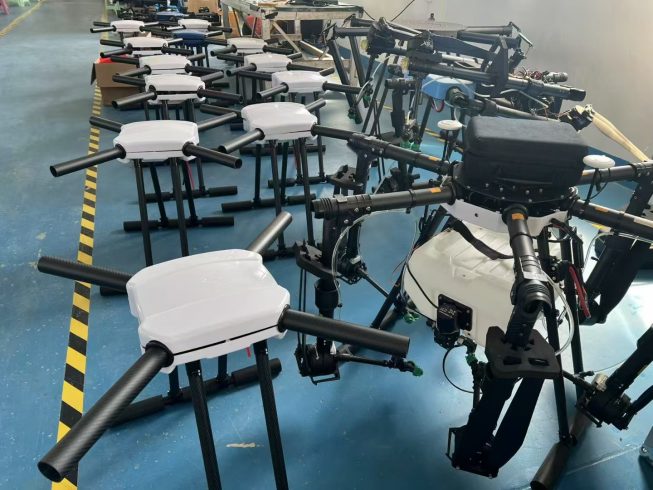
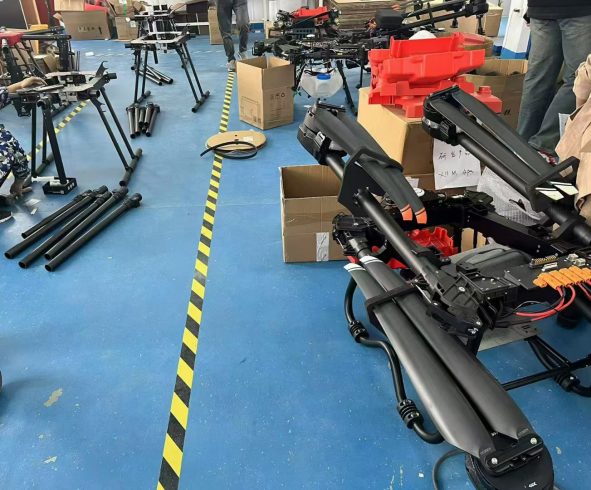
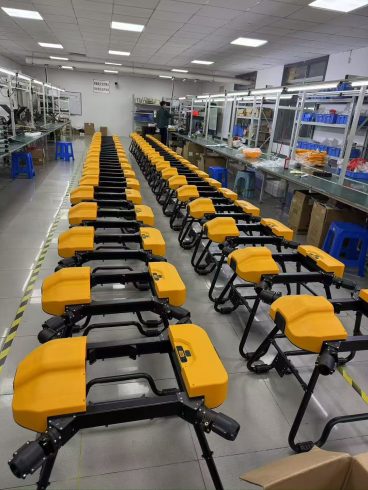



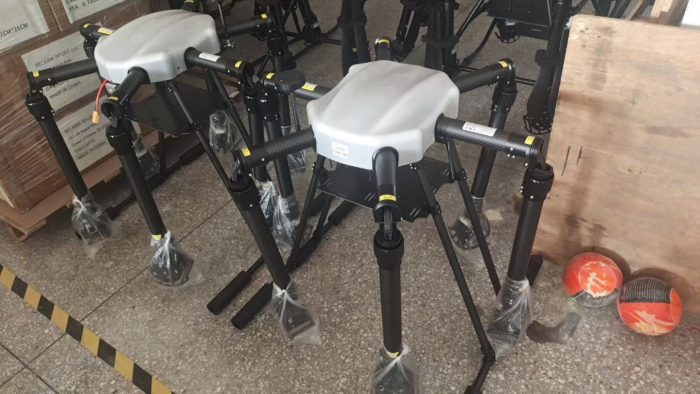
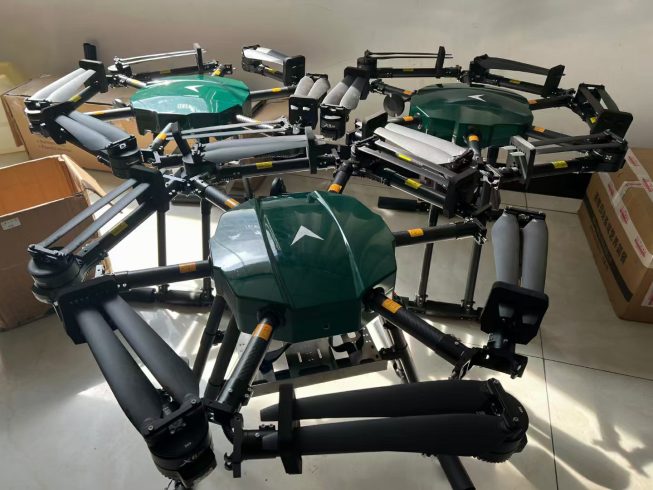
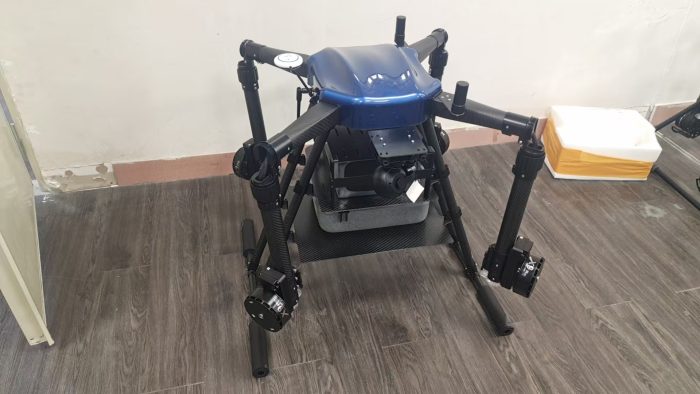

暂无评论内容